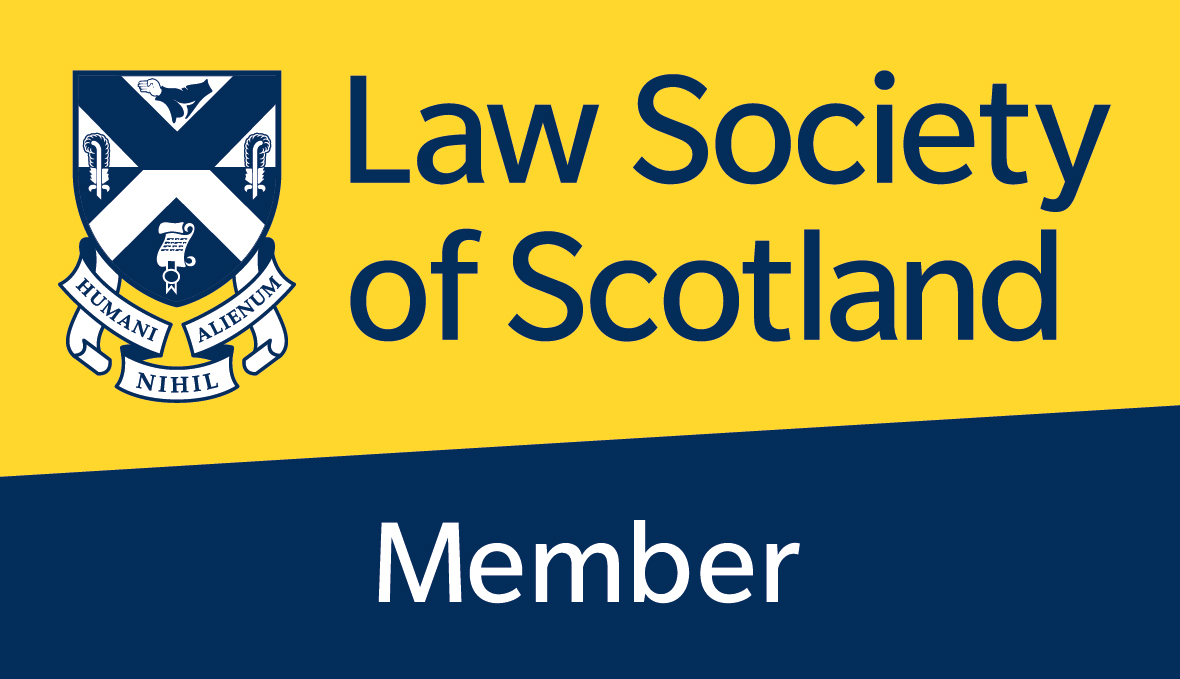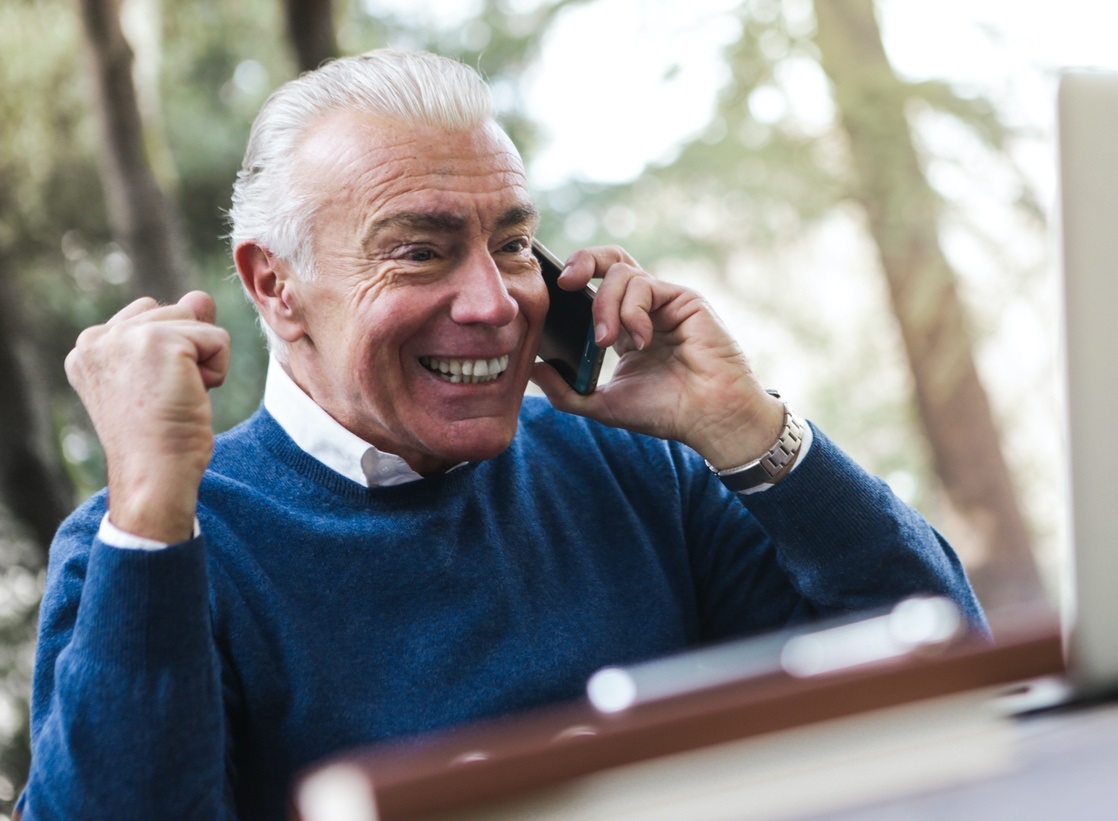Lawford Kidd, Personal Injury Solicitors
Great Ego, Not Great White: Why Selfies Are More Dangerous than Sharks
More people have perished in 2015 whilst trying to take a self-portrait photograph (more commonly known as a selfie), than from a shark attack.
What is a selfie?
Self-portraits are nothing new in art, but taking photos of ourselves and posting them on social media is a relevant recent trend, followed by both members of the general public and celebrities such as Kim Kardashian.
The editors of the Oxford Dictionary, who added the word “selfie” in 2013, found the first known use of the word in a caption beside a photo of a member of the public, posted on a forum on the Australian Broadcasting Corporation’s (ABC’s) website following a night on the tiles.
The forum poster’s image wasn’t the nicest photo in the world, as the image was meant to show a lip injury he suffered on his night out. He wrote, ‘drunk at a mate’s 21st, I tripped over and landed lip first (with front teeth coming a very close second) on a set of steps. I had a hole about 1cm long right through my bottom lip. And sorry about the focus, it was a selfie’. The word is therefore credited as being Australian in origin.
Why are they dangerous?
Already this year, twelve people have died whilst taking selfies, which is considerably more than those who died following a shark attack, which is totaled at around eight according to the Huffington Post. However, George Burgess, director of shark research at the Florida Museum of Natural History, disputes this figure. According to Burgess, only six people have died this year from shark attacks.
When you take a photo of yourself with a camera, smart phone or tablet, you are likely to be distracted and might fail to take into consideration your surroundings or potential dangers. This can lead to fatal accidents. Here are some of this year’s main selfie accidents and incidents you may have heard about in the news:
- An American woman fell off a cliff while taking a selfie on holiday in South Africa
- Teenagers in the Ural Mountains died after trying to take a selfie with a live grenade
- A Russian teenager fell nine floors after trying to take a selfie from a Moscow rooftop
- An Indonesian man fell into Mount Nerapi when trying to take a photo of himself
- A man in San Diego, California was in hospital for five days after posing for a photo with a rattlesnake
- Three Indian students died whilst taking a selfie on train tracks
- Puerto Rican Reggaeton musician Jadiel el Tsunami (real name Ramon A Gonzalez) died after having an accident shortly after taking a selfie whilst riding a motorbike
- A man died in Spain whilst trying to take a photo during an annual bull running festival in the town of Villaseca de la Sagra
- A Romanian teenager died whilst taking the ‘ultimate selfie’ on top of an electric train after accidentally touching a live wire
- A Texan teenager died posing with a gun whilst taking a selfie
- A Japanese tourist died after falling down a flight of stairs whilst taking a selfie at the Taj Mahal
- A sixty foot high sandstone cliff known as Wedding Cake Rock at the Royal National Park in Sydney, Australia (where the craze originated) has had to be fenced off after people were injured and even died whilst trying to take photos of themselves
Following gun selfie incidents last year, the Russian government issued a leaflet explaining the dangers and how you should always ensure that you take a safe selfie, such as making sure that you are wary of your surroundings and don’t pose with wild or dangerous animals or firearms. One of the Russian ministers behind the campaign, Yelena Alexeyeva, warned: “Before taking a selfie, everyone should think about the fact that racing after a high number of ‘likes’ could lead someone on a journey to death and his last extreme photo could turn out to be posthumous”.
Although this may seem like common sense, unfortunately these warnings do not seem to have been taken seriously.
Are selfie sticks any safer?
Selfie sticks can actually lead to more accidents. Following an incident at the Califorina Screamin’ rollercoaster in Disney California Adventure, which was shut for two hours because someone pulled out a selfie stick right at the top of the ride, there has been a ban of all selfie sticks across all Disney parks. Another reason they have been banned is following injuries during the Disney parades, and to protect the crowds attending these parades. Museums and even train companies have also jumped on the bandwagon and are set to ban selfie sticks.
What are my rights if I suffer a personal injury when taking a selfie?
Generally, you only have a claim if you suffer an injury through no fault of your own – that means that you should probably avoid endangering yourself whilst taking a selfie! As we state in our personal injury FAQs, if an accident happens which is your fault or if it can’t be proved it was caused by the fault of somebody else, then it is very unlikely you will be able to claim anything.
If you and a friend were taking a photo together, and your friend’s action led to your injury, then the law of contributory negligence may apply. So if you have a selfie accident because of an error of judgement by your friend and by you, then you may get compensation, but it will be reduced due to your own negligence.
However, you would only have a claim if a duty of care could be deemed to be present in that situation. If it was established that your friend was the primary photo taker, then potentially they could owe a duty of care to you to make sure that you take your photo safely.
What are my rights if I am injured during a shark attack?
Your rights if a shark injures you are potentially easier to establish if you are injured whilst on a dive with a tour group. However, as with taking selfies, common sense should be applied and guidance should be followed. George Burgess advises any swimmers in shark-infested waters to avoid wading in water between dusk and dawn and to avoid swimming towards land where sharks are known to feast on aquatic creatures.
Indeed, taking a selfie can give you as much of an adrenaline rush as coming face to face with a shark – it is this rush which makes some behavioural scientists believe that is why we can get into dangerous situations whilst taking selfies.
What can Lawford Kidd do to help?
If you have been injured through no fault of your own and think you have a claim, make sure you pursue it as soon as possible – there is a time limit of three years on claims.
At Lawford Kidd, we use our vast experience in personal injury law helping our clients get the maximum amount of compensation they deserve. If we can help you, one of our specialist fully qualified personal injury solicitors will be with you every step of the way. Our approach is to understand the person behind the claim and guide you through the legal process, as you can see from our case studies. We know that court can be stressful, and we will settle out of court for you if that will be your best possible deal. Further, you will get 100% of the compensation you are awarded.
We will always put you first, and are highly commended in both the Legal 500 and the Chambers Directory. Contact us today on 0808 115 3364 or using our online form, to see how we can help.
By accepting you will be accessing a service provided by a third-party external to https://www.lawfordclaims.com/









